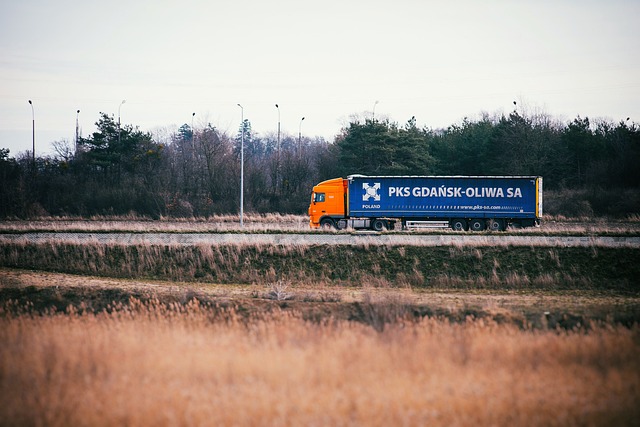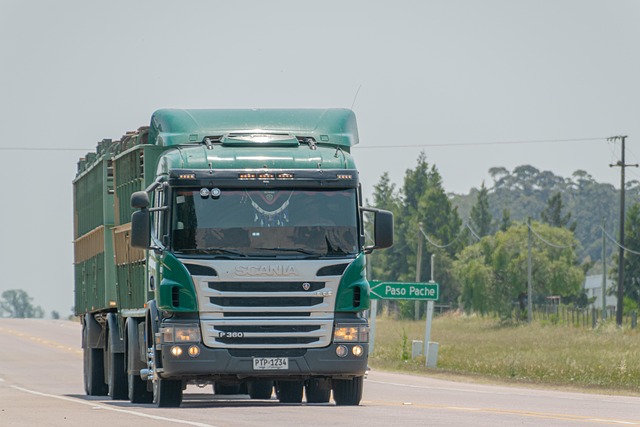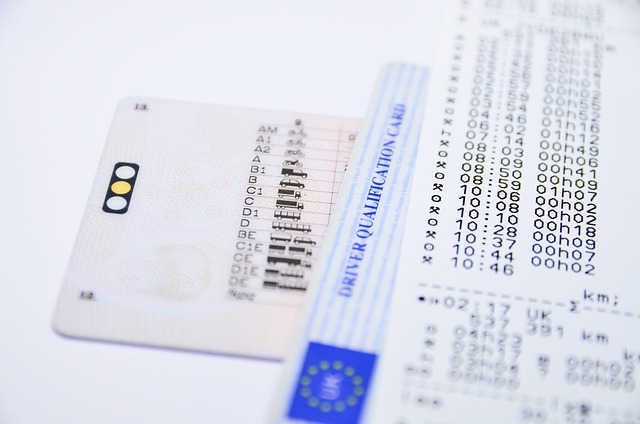Liability insurance is a crucial shield for independent drivers and small transportation businesses, covering medical expenses, legal fees, and damages in accidents. When selecting a plan, drivers should assess personal risks, understand policy limits, and consider vehicle type and driving experience. Balancing risk and cost involves optimizing physical damage coverage through flexible options like increased deductibles, comparing quotes, and leveraging discounts. Strategic management includes preventive measures like regular maintenance and defensive driving to reduce risks and achieve affordable, tailored policies.
In today’s diverse transportation landscape, understanding the nuances of insurance coverage is crucial for independent drivers navigating budget constraints. This article delves into essential aspects of liability insurance tailored for independent drivers, offering strategic insights on managing risks and costs effectively. From exploring cargo coverage options to optimizing physical damage protection, we provide practical guidance to ensure comprehensive yet cost-efficient protection.
Understanding Liability Insurance for Independent Drivers

Liability insurance is a crucial aspect of protecting independent drivers and their businesses. For those operating in the gig economy or running small-scale transportation services, understanding this coverage is essential. This type of insurance shields drivers from financial losses arising from accidents or damages caused during the course of their work. When an insured driver is at fault for an incident, liability insurance steps in to cover medical expenses, legal fees, and other compensations as per the policy terms.
For independent drivers, choosing the right liability insurance plan involves evaluating potential risks and understanding coverage limits. Policies may vary based on vehicle type, driving experience, and desired protection levels. By carefully reviewing options and consulting experts, drivers can secure adequate liability insurance to safeguard their financial well-being and maintain peace of mind while navigating the roads.
Navigating Cargo Coverage Options Within Budget Constraints

Navigating Cargo coverage options within budget constraints can be a complex task, especially for independent drivers who are price-conscious yet require robust protection. Liability insurance is non-negotiable, ensuring financial safeguard against claims arising from cargo-related incidents. However, understanding different types of cargo coverage and customising policies to align with individual needs and financial capabilities is key.
Drivers must weigh the benefits of comprehensive cargo insurance against their budget constraints. Optioning for specific coverage tiers or deductibles can significantly impact overall costs while still providing adequate protection. Additionally, exploring alternative risk management strategies, such as utilizing technology for tracking and monitoring cargo, can further optimize expenses without compromising on liability protection.
Physical Damage Coverage: Maximizing Protection on a Limited Budget

Physical Damage Coverage plays a crucial role for independent drivers looking to maximize protection while adhering to budget constraints. Opting for comprehensive physical damage coverage can shield against unexpected events like accidents, natural disasters, or theft. This type of insurance goes beyond liability insurance by covering the cost of repairing or replacing your vehicle. While full coverage might seem expensive, many policies offer flexible options tailored for specific needs and budgets.
Drivers can explore various ways to optimize their protection without breaking the bank. Increasing deductibles is a common strategy that can significantly reduce premiums. Additionally, comparing quotes from different insurance providers allows drivers to find the best value for their money. Some companies also offer discounts for safe driving behavior, maintaining good credit, or bundling multiple policies together. By carefully evaluating these options and making informed choices, independent drivers can navigate liability insurance requirements while ensuring adequate physical damage coverage within their budget.
Strategies to Balance Risk and Cost for Independent Drivers

Independent drivers face a unique challenge when it comes to balancing risk and cost when managing their liability insurance. To stay within budget, they must implement strategic approaches that mitigate potential physical damage and cargo-related risks while keeping premiums affordable. One effective strategy is to maintain thorough vehicle maintenance and inspection routines to reduce the likelihood of breakdowns or mechanical failures, which can lead to costly repairs and liability claims.
Additionally, drivers should adopt defensive driving techniques to minimize the risk of accidents. This involves adhering to traffic rules, maintaining safe following distances, and being aware of potential hazards. By combining these preventive measures with a solid understanding of their specific operational needs, independent drivers can tailor their liability insurance policies, negotiating better rates and ensuring adequate coverage without overspending.
For independent drivers navigating the complex landscape of insurance, understanding the nuances of liability, cargo, and physical damage coverage is essential. By strategically balancing risk assessment with budget constraints, drivers can secure comprehensive protection without breaking the bank. This article has provided a roadmap to exploring these coverage options, empowering drivers to make informed decisions and ensure peace of mind on the road ahead. Remember, the right insurance policy is a crucial investment in your business’s longevity and your personal security.
